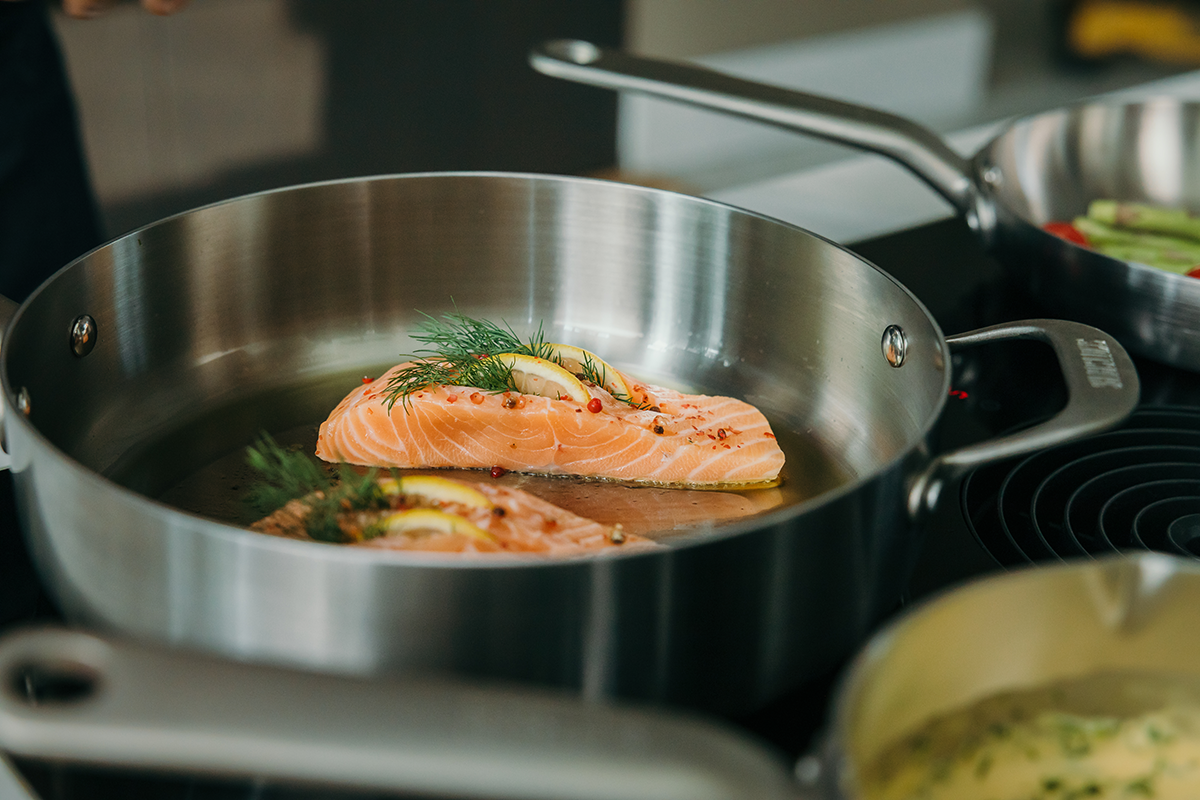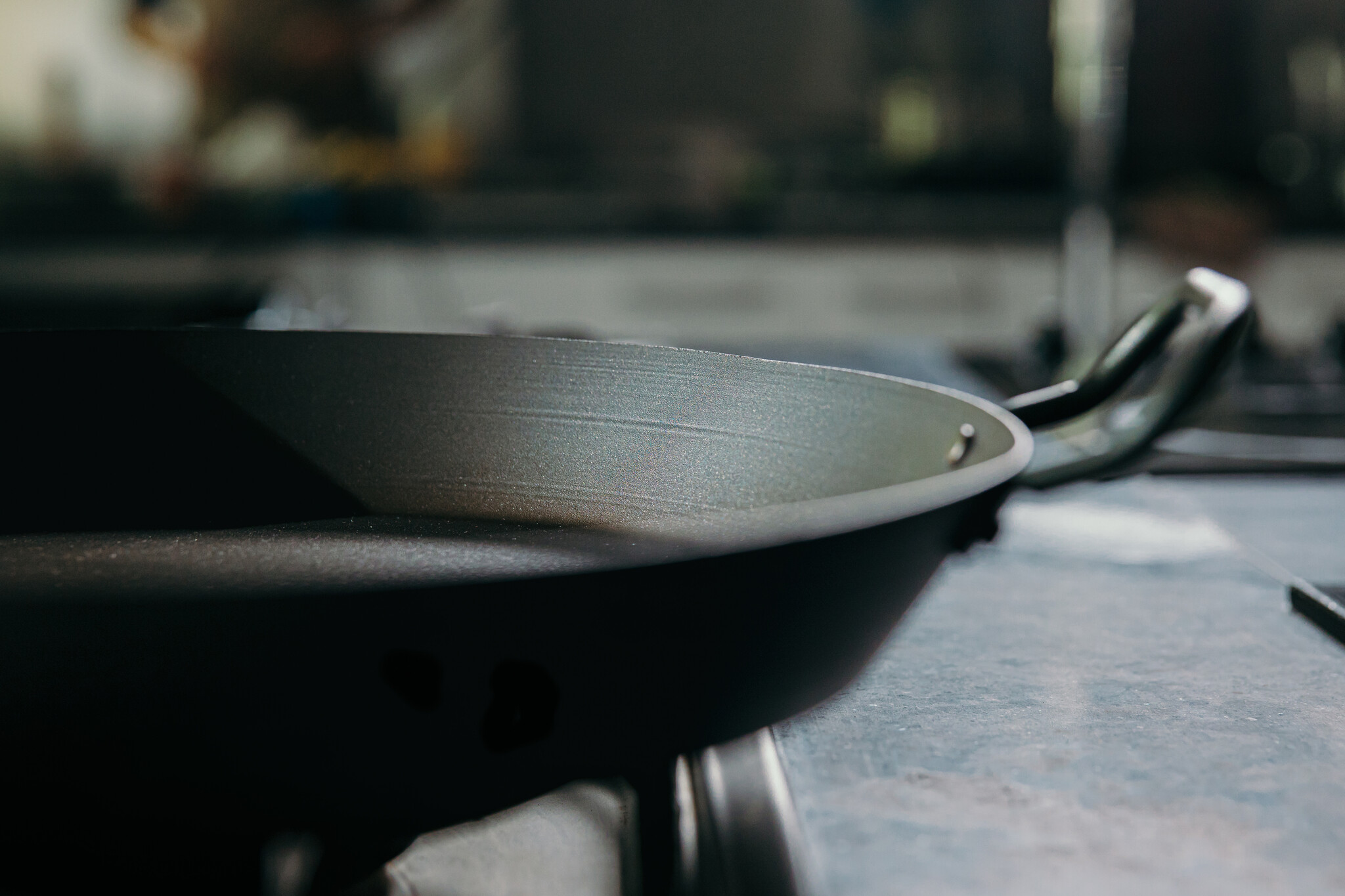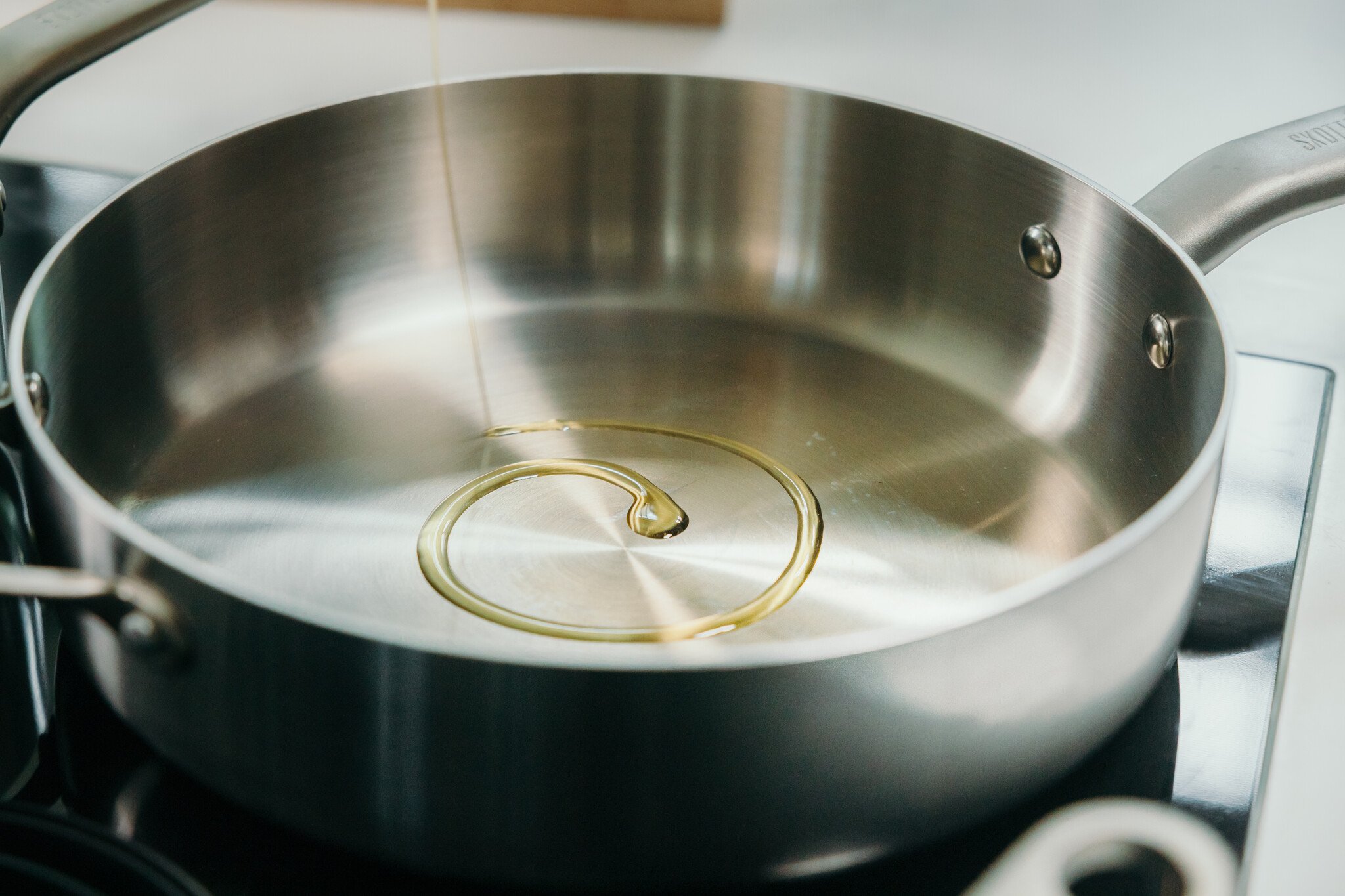If you cook often you will know the advice: let your pan get properly hot before you start. It is a common kitchen rule and usually a good one. But every rule has its exceptions. Sometimes good cooking calls for patience. A pan that heats up slowly. Why? Because something truly special happens in your pan when you take your time.
It is often recommended to preheat a pan well before you begin cooking. And in most cases that is correct. A properly heated pan gives a beautiful sear less risk of sticking and better overall results. Yet there are exceptions. Sometimes it is actually better to heat the pan gradually. This has to do with how fat and proteins react to heat. In a very hot pan proteins tighten instantly which means the fat has no chance to melt gently. With ingredients that have a fat layer such as duck bacon or pancetta the outside may burn before the fat renders.
When you start in a cold pan the fat warms up slowly and melts evenly. That fat creates a natural non stick surface and helps the ingredient cook more evenly. The result is a crisp exterior and a juicy interior without burning or excess oil.

Some ingredients actually perform better when you heat the pan slowly. The gentle rise in temperature gives the fat time to melt and distribute evenly.
Duck or duck breast
Place the meat in a cold pan with the fat side down. As the pan slowly heats up the fat renders out gently and the skin becomes crisp without burning.
Bacon or pancetta
Starting cold allows the fat to melt slowly a process known as rendering. The result is crispy bacon without burnt edges.
Fish with skin
Think of salmon or cod. Begin on a low to medium heat so the skin can crisp up gradually while the inside stays tender and moist.
For most ingredients such as eggs vegetables and meat without a fat layer the usual rule applies: bring your pan up to temperature first. Check how best to heat your pan depending on its material.

Cast iron and carbon steel
Let the pan heat up gradually over a medium heat. Both materials retain heat extremely well which ensures an even cook and beautiful caramelisation.

Stainless steel
Preheating is also important with stainless steel. A hot pan and ingredients at room temperature give a crisp sear without sticking. Add a few drops of water to the pan. If the droplets dance you are ready to start cooking.
Not every pan needs full heat straight away. Real cooking is knowing when to turn up the power and when to ease off. Sometimes flavour builds slowly sometimes it is about strength and speed. Whatever you cook know your pan trust the moment and cook with intention.

















